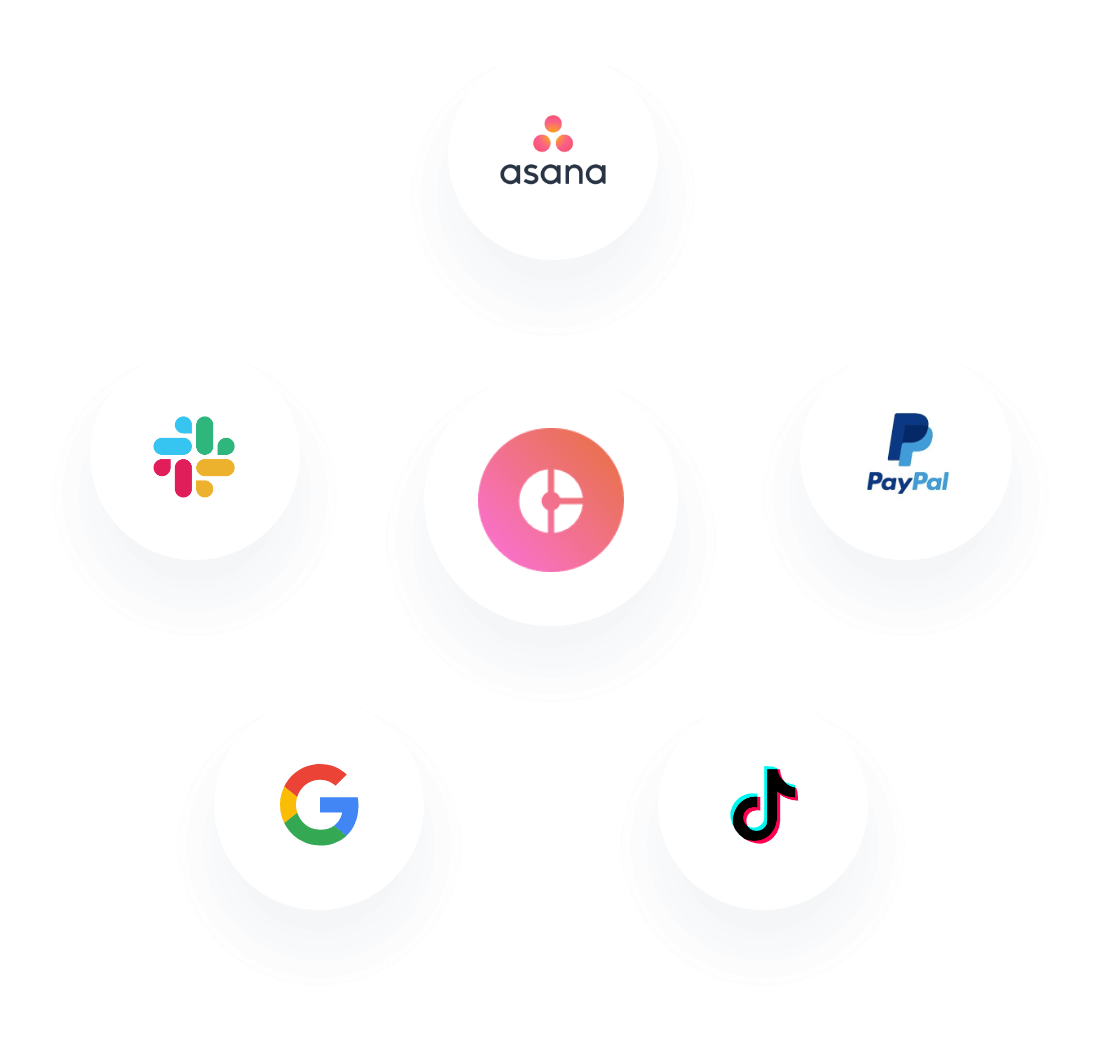Achieving ROI-driven content production requires a streamlined, collaborative process from pre-production to post-production and beyond.
Project Brief
- Define Objectives: Establish the goals, key messages, platforms, deliverables, and budget for the campaign.
- Align Teams: Share previous insights, competitor examples, and references to unify the vision between creative and marketing teams.
Ensure alignment by answering these key questions:
- Objective:
- What is the purpose of this project?
- What key messages do we want to convey?
- Channels:
- What platforms will this content live on?
- Where will the final assets link to?
- Deliverables:
- What are the primary deliverables?
- What aspect ratios and formats are required?
- Learnings & Resources:
- Are there any previous insights or examples to inform this project?
- Are there resources (visual references, competitor work) to share?
- Budget:
- What is the preliminary budget?
Use this brief to kick off collaboration between the Marketing and Creative teams.
Creative Process
- Concept Development: Brainstorm ideas that align with campaign goals and resonate with the target audience. Finalize scripts, storyboards, and a cohesive visual direction.
- Moodboard Creation: Compile visual references, color palettes, and stylistic inspirations to guide the aesthetic tone of the shoot.
Wardrobe Planning
Wardrobe is crucial for reinforcing the brand’s identity and ensuring visual consistency across all assets.
- On-Brand Styling: Select wardrobe options that reflect the brand’s colors, tone, and audience preferences. Use a Wardrobe & Styling Template to organize and approve outfits ahead of time.
- Versatility: Choose clothing that can be mixed and matched to create multiple looks across scenes, maximizing content variety.
- Pre-Testing: Test wardrobe under studio lighting and on camera to avoid issues with reflective fabrics, color clashes, or unflattering styles.
- Continuity Management: Assign a wardrobe assistant to track and document all outfit changes to ensure consistency across shots.
- Incorporate UGC Needs: Include casual, everyday wardrobe styles for user-generated content (UGC) to maintain an authentic and relatable tone.
Production Design
Production design enhances the visual environment and adds depth to the storytelling.
- Set Design Planning: Identify and design multi-purpose sets that can transition easily between scenes with minor adjustments, optimizing shooting time.
- Example: A living room setup that can double as a workspace with simple prop changes.
- Prop Selection: Curate props that reinforce the brand’s story and aesthetic while adding texture and layers to the visuals.
- Color Coordination: Ensure set colors align with the brand’s palette and wardrobe choices for visual harmony.
- Detail Focus: Plan for small but impactful details, such as textures, accents, and arrangements, to elevate production quality.
- Pre-Staging: Prepare multiple setups in advance to minimize downtime during transitions.
Production Planning and Visual Alignment
- Shot List: Outline every scene, angle, and framing needed to achieve deliverables, including lighting notes and creative specifics.
- Shooting Schedule: Organize the shot list into a timeline broken into 15-minute intervals, ensuring time is allocated for both planned and spontaneous shots.
- Visual Presentation: Create a production brief using a presentation platform like Pitch.com to align the team on the creative direction. Include storyboards for key scenes and transitions, and moodboards with references for production design, wardrobe, talent, and locations.
Logistics and Budget Assembly
- Talent Selection: Source actors, models, or influencers who align with the brand’s voice and audience.
- Locations and Equipment: Confirm shooting locations, lighting equipment, cameras, and other essential tools.
- Comprehensive Budgeting: Develop a flexible budget that covers talent fees, location costs, wardrobe, props, crew, and contingencies.
By incorporating detailed wardrobe and production design planning into pre-production, you create a cohesive, on-brand foundation that streamlines production, enhances storytelling, and ensures polished, professional results.
